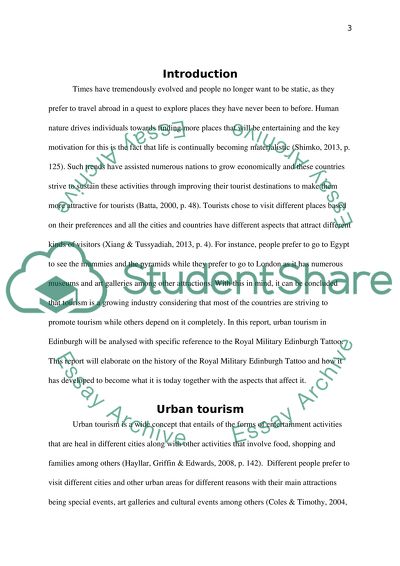Cite this document
(Urban Tourism in Edinburgh Term Paper Example | Topics and Well Written Essays - 2000 words, n.d.)
Urban Tourism in Edinburgh Term Paper Example | Topics and Well Written Essays - 2000 words. Retrieved from https://studentshare.org/tourism/1673129-urban-tourism-report
Urban Tourism in Edinburgh Term Paper Example | Topics and Well Written Essays - 2000 words. Retrieved from https://studentshare.org/tourism/1673129-urban-tourism-report
(Urban Tourism in Edinburgh Term Paper Example | Topics and Well Written Essays - 2000 Words)
Urban Tourism in Edinburgh Term Paper Example | Topics and Well Written Essays - 2000 Words. https://studentshare.org/tourism/1673129-urban-tourism-report.
Urban Tourism in Edinburgh Term Paper Example | Topics and Well Written Essays - 2000 Words. https://studentshare.org/tourism/1673129-urban-tourism-report.
“Urban Tourism in Edinburgh Term Paper Example | Topics and Well Written Essays - 2000 Words”, n.d. https://studentshare.org/tourism/1673129-urban-tourism-report.


